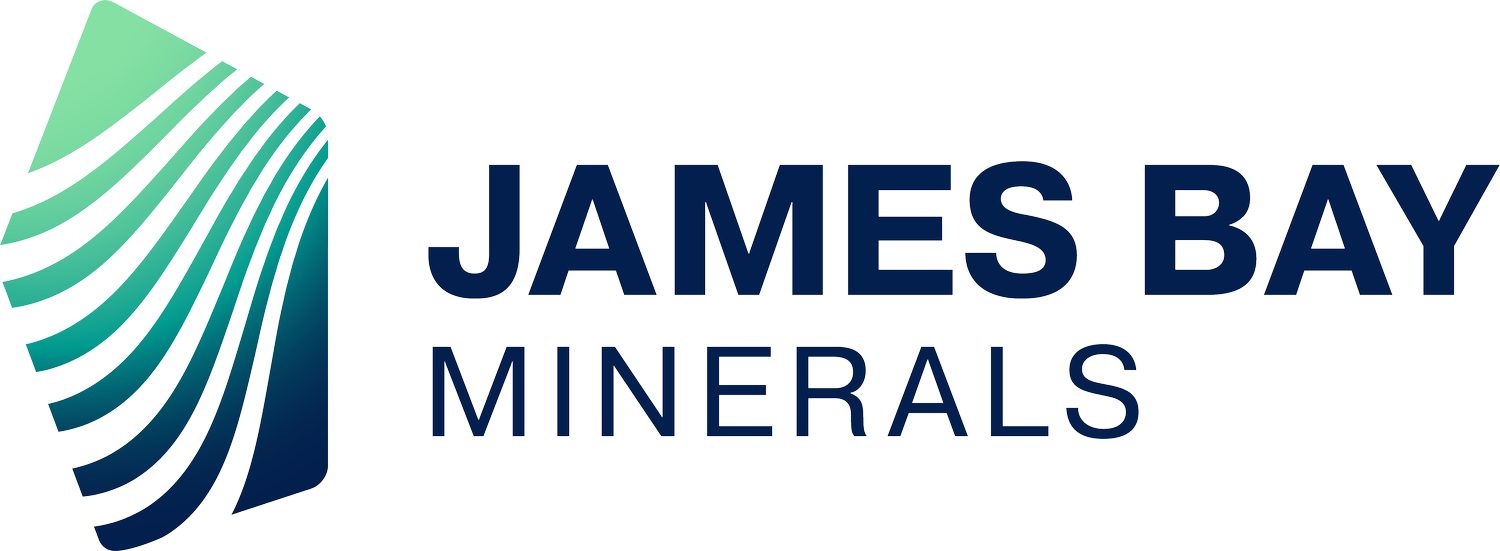Quebec Lithium Projects
La Grande
James Bay Minerals holds a 100% interest in the La Grande Project, (which includes the Joule, Aero & Aqua prospects) located in Quebec, Canada.
Source: Quebec MERN Sigeom, ESRI Canada, ESRI, Gestim
The La Grande Project is located between 50km to 190km east of Radisson in northwest Quebec, Canada. The Project comprises three key prospects:
Joule Prospect - located 50km south-east of Radisson consisting of 320 claims covering approximately 16,385 hectares;
Aero Prospect - located 150km east of Radisson consisting of 101 claims covering approximately 4,980 hectares; and
Aqua Prospect - located 190km east of Radisson consisting of 172 claims covering approximately 8,803 hectares.
Source: Quebec MERN Sigeom, ESRI Canada, ESRI, Gestim
The La Grande Project is situated within the east-central portion of the Superior Geological Province, in the middle of the Canadian Shield. The Superior Province extends from Manitoba to Quebec and is predominantly comprised of Archaean age lithologic units. The La Grande Sub-province borders the plutonic Bienville sub province to the north and is bounded to the south by the metasedimentary and plutonic Opinaca sub province. Collectively, the La Grande and Opinaca sub-provinces host a significant number of the known spodumene pegmatite occurrences in Quebec.
Joule
Sources: Quebec MERN Sigeom, ESRI Canada, ESRI, (Violette, 2007)
The Joule Prospect covers an area of approximately 16,385 hectares along the Robert-Bourassa reservoir. The area is the host to the Duncan Intrusions suite of Neoarchean Age. This unit, composed of generally foliated hornblende and biotite tonalite.
The Joule Deformation Zone (“JDZ”) on the property is approximately 21km long and trends for 7km at 110° northwest to southeast before turning northeast at about 070° for 14km. It continues within volcanic greenstones northwest underneath the LaGrande reservoir for a distance of 22km. From this point it continues all the way northwest to the James Bay coast but in less favourable tonalites and monzonites.
The western segment of the JDZ extends for 7km on the property. This section is marked by a dextral fault to the south and a series of shear zones located north of the main dextral fault. In places the deformation is up to 1000m wide and at its narrowest point is about 500m wide. This section is also marked by a series of northeast trending normal faults that basically chop the JDZ into segments. Due to its overall complexity in the western segment, and government stratigraphic surveys identifying pegmatites and pegmatite textures in the area, this area is deemed to be the most prospective area of the property of LCT pegmatite dykes.
The eastern segment of the JDZ extends for 14km on the property and consists of a series of northeast trending shear zones that extend to the northeast limit of the property. The deformation zone at the far northeastern part of the property fan tails to reach a width up to 1.5km. A deformation zone of greater than 800m is considered to indicate prospectivity for LCT Pegmatites in the area. The JDZ provides plenty of structural "Space" for the injection of pegmatite dykes with similar subduction fault widths of those seen at Winsome’s Cancet and Adina properties, and Patriot’s Corvette property.
Aero
Sources: Quebec MERN Sigeom, ESRI Canada, ESRI, (Violette, 2007)
The Aero Prospect consists of 101 continuous claims covering an area of 4,980 hectares. The Aero Property has approximately 13km of deformation zones which are considered highly prospective for LCT Pegmatites. The nearby Cancet (Winsome) and Corvette (Patriot) properties both have deformation zones running through their properties and have had significant success along these zones.
Aqua
Sources: Quebec MERN Gestim, Quebec MERN Sigeom, ESRI Canada, ESRI
The Aqua Prospect consists of 172 continuous claims covering an area of 8,803 hectares. The geology of the local area touches three Archean sub-provinces (La Grande, Bienville, Opinaca) and includes gabbro dykes and a Proterozoic arenitic basin. Regional faults transverse the property from ESE to WNW which hosts the La Grande Greenstones which are considered highly prospective for LCT Pegmatites.
Troilus
The Troilus Property consists of 81 continuous claims (covering approximately 4,405 hectares) located in the Lac Assinica section of the region of James Bay, approximately 105 km northwest of Chibougamau in the province of Quebec, Canada.
Sources: Quebec MERN Gestim, Quebec MERN Sigeom, ESRI Canada, ESRI
The Troilus Project is located in the western portion of the Upper Archean Frotet-Evans metavolcanic belt, Québec’s second-largest Archean greenstone belt, comprising the central part of the Opinaca Sub province.
The geology of the Property is relatively unexplored. The primary type of mineralisation suggested by the data and mineralisation on the adjacent properties is lithium-bearing spodumene which occurs in granite pegmatite and aplite dykes. Lithology of the property is Paragneiss and Gneiss rocks of Archean Age, which has been described as a medium- to high-grade metamorphic rock that commonly has a banded structure and is generally medium- to coarse-grained with poorly developed schistosity.
The Troilus Project is located approximately 5km north of the Moblan Lithium Project (Sayona Mining Ltd ASX: SYA). Vision Lithium Ltd (TSX.V: VLI) Sirmac Project and Winsome’s Sirmac-Clappier Projects are located approximately 25km west of the Troilus Project.
The Troilus Project is an early-stage exploration project with little exploration conducted so far. However, Lithium spodumene-bearing pegmatites have been identified on several Properties (Moblan, Sirmac-Clappier and Sirmac) which are all within the range of 5 – 30km.
It is recommended that the initial exploration should include project geological mapping, geochemical sampling, trenching and ground-based electromagnetic surveys to identify targets requiring closer detailed studies, including drilling where appropriate. Based on the initial program outcomes, Phase 2 exploration should include shallow drilling targeted at anomalies defined during initial exploration.
